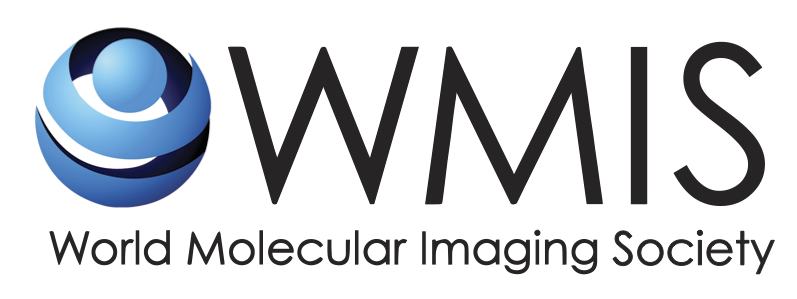With the current COVID-19 pandemic causing global disruption, scientists around the world are working tirelessly to apply their expertise within the field of infectious diseases. This free webinar hosted by the World Molecular Imaging Society touches on one such field: the imaging of infectious diseases such as COVID-19. In this presentation, Dr. Alvaro Ordonez and Dr. Gayatri Gowrishankar provide an overview of the impact that infectious diseases have on society, both in terms of strain to the healthcare system and the economic footprint. The presenters delve into the role that molecular imaging has in diagnosis and monitoring of disease progression, understanding pathogenesis, optimizing treatment, and the dangers and challenges associated with imaging infectious diseases.
This webinar largely focuses on three key areas for imaging infectious diseases:
- How do we improve diagnosis of infections?
- Do we really understand the pathogenesis?
- Can we optimize antimicrobial treatment?
You will be provided with current examples of how imaging techniques such as optical imaging, PET, MRI, and CT are being applied to answer these questions. Using the current COVID-19 crisis as a prevalent example and supported with relevant imaging techniques applied to investigate various infectious disease such as H1N1, HIV, and tuberculosis, this webinar provides a thorough discussion of the current work in this field and practical discussions of the role researchers and clinicians alike may have in developing solutions to problems faced within the field.
As a brief summary the group showed data from a variety of studies, using various imaging modalities to look at many different types of infectious disease models. The presenters also reviewed how imaging can be, and has been, used to examine a wide variety of areas including spread of the infectious agent, disease progression, immune response, along with therapeutic agent and vaccine efficacy. For example, in one study the researchers integrated the luciferase enzyme as a reporter gene in the influenza virus, the study then looked at the spread of the virus within the body using bioluminescence imaging.
A large number of studies were presented where various PET agents were used to study all aspects of agent spread, immune response, therapeutic efficacy etc. Specifically, radiolabelled agents were used in such viral models as SIV (Simian Immunodeficiency Virus), HIV, influenza, SARS-CoV2 (the virus causing COVID-19), along with several bacterial infection models including E. coli, Tuberculosis, S. aureus, etc. Radiolabelled antibodies can be used to detect the infectious agent, as well as to determine the spread of the disease; however, they often have low signal to noise ratios, and they don’t cross the blood brain barrier. Alternatively, enzymes specific to the infectious disease may be targeted or metabolic substrates, as a means of remaining specific to the infectious agent but increasing the signal associated with an infection.
Further, imaging can be used to examine the host’s immune response to the infectious agent, and there are many ways to do this. FDG (fluorodeoxyglucose, a radiolabelled analog of glucose) can be used to study metabolic changes in response to viral infection. In a few COVID-19 patients FDG PET imaging has shown an increased uptake in the lungs at the site of inflammation. This imaging was not used for diagnosis, but more to understand the effects of therapy to see that the disease progression has been halted, or hopefully is resolving. Likewise, FDG PET imaging has been used in tuberculosis treatment to predict therapeutic response and risk of relapse, for example. While PET is the predominant imaging modality within infectious diseases, the use of CT and MRI imaging in conjunction with PET is discussed as a method to improved anatomical localization of the PET signal.
Finally, the presenters looked at vaccine and therapeutic target development and how imaging may be able to help with this research. All of the techniques reviewed previously could be used to elucidate the mechanism of action of the vaccine or therapeutic agent; imaging is ideal as it can be used over the course of a longitudinal study to help researchers examine the host response to the vaccine or potential treatment. In clinical trials, imaging could be used to help stratify patients based on their specific immune response, which may be one reason for varying morbidity amongst those infected with the same disease.
Please visit the following website to watch the recorded webinar in it’s entirety: https://www.wmis.org/education/webinars-2/imaging-of-infection-webinar-series/
 Gayatri Gowrishankar, PhD Gayatri Gowrishankar, PhDResearch Scientist Multimodality Molecular Imaging Lab Stanford University |
Assistant Professor Department of Pediatrics Johns Hopkins University School of Medicine |
For more information on the relevant imaging instrumentation offered by Scintica Instrumentation please visit the following website: https://www.scintica.com/immunology/
